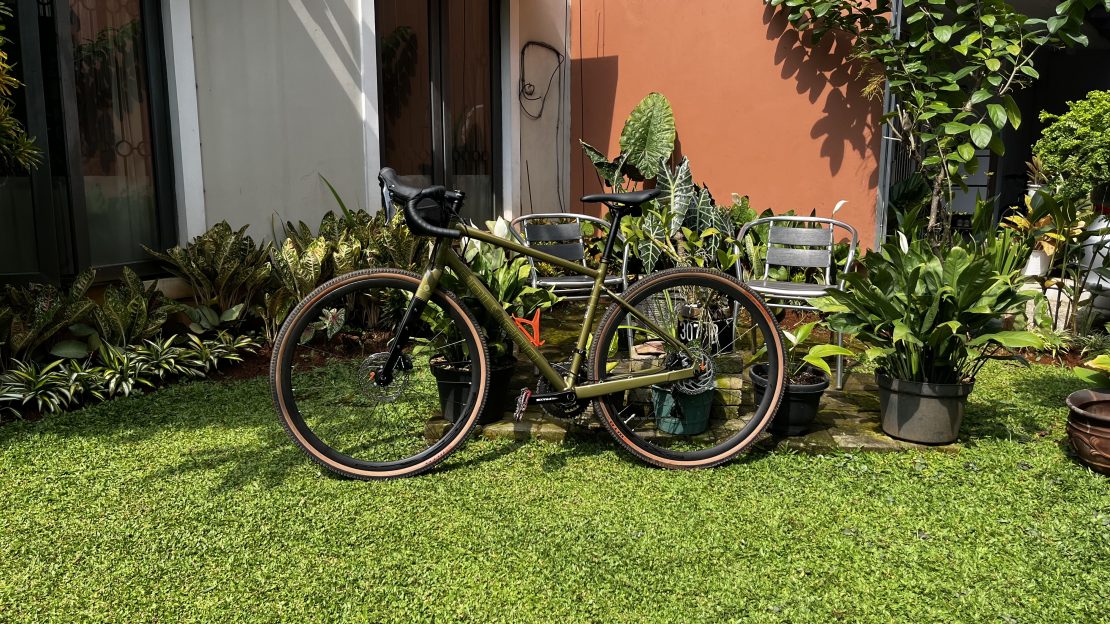
Polygon Path X5
Gravel biking has become increasingly popular in recent years, with more and more cyclists seeking out adventure on unpaved roads and trails. Gravel bikes, also known as all-road or adventure bikes, are the perfect tool for this type of riding, combining the speed and efficiency of a road bike with the durability and versatility of a mountain bike.
At their core, gravel bikes are designed to handle a wide range of terrain, from smooth pavement to rough gravel roads and everything in between. They typically feature wider tires than traditional road bikes, usually in the range of 28-45mm, which provide greater traction and stability on uneven surfaces. The frames are also designed to be more durable and comfortable than road bike frames, with features like disc brakes and more relaxed geometry.
One of the key benefits of gravel biking is the freedom it offers. Unlike road cycling, where riders are often restricted to paved roads and bike lanes, gravel bikers can explore a much wider range of terrain. This allows for a greater sense of adventure and exploration, as well as a chance to escape the hustle and bustle of city life and enjoy the great outdoors.
Gravel biking is also a great way to improve your fitness and endurance. Riding on rough and uneven terrain requires more effort than riding on smooth pavement, which can help you build strength and stamina. Additionally, the longer distances and varied terrain of gravel biking provide a great cardiovascular workout.
Another advantage of gravel biking is the sense of community it offers. There are many gravel biking events and races held throughout the year, which provide an opportunity to meet and connect with like-minded cyclists. These events often have a laid-back and friendly atmosphere, with riders of all abilities welcome to participate.
If you’re interested in trying gravel biking, there are a few things to keep in mind. First, you’ll need a suitable bike. While you can certainly ride a mountain bike or a road bike on gravel roads, a dedicated gravel bike will provide the best experience. You’ll also need appropriate gear, including a helmet, cycling shoes, and comfortable clothing.
When it comes to riding, it’s important to keep your speed under control and be prepared for sudden changes in terrain. Gravel roads can be unpredictable, with loose gravel, rocks, and potholes that can cause accidents if you’re not careful. It’s also a good idea to carry a spare tube, tire levers, and a pump or CO2 cartridge in case of a flat.
Overall, gravel biking is a fun and rewarding way to explore new terrain, improve your fitness, and connect with other cyclists. With the right bike and gear, and a willingness to embrace adventure, you can experience the joy of gravel biking for yourself.